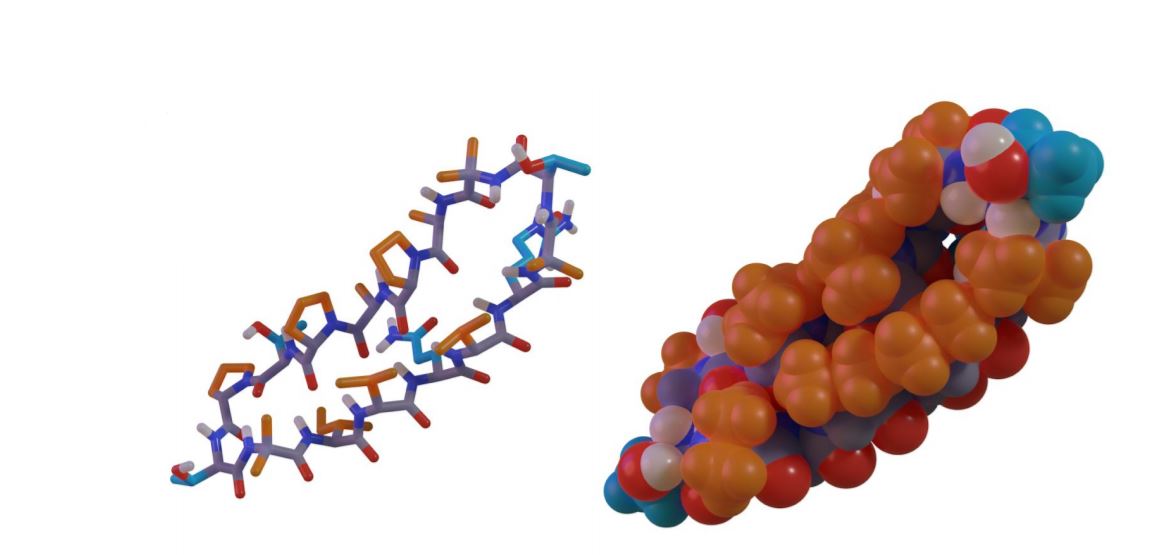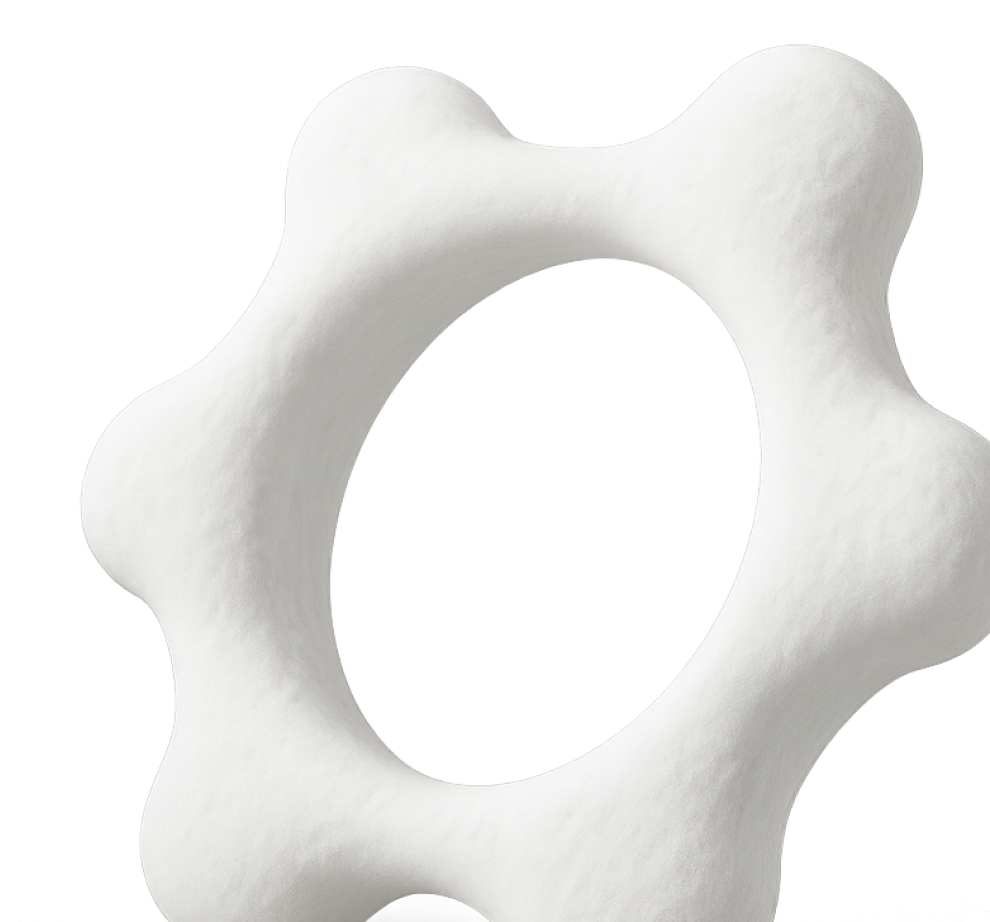Designing Peptides on a Quantum Computer
September 2, 2019

Abstract
Although a wide variety of quantum computers are currently being developed, actual computational results have been largely restricted to contrived, artificial tasks. Finding ways to apply quantum computers to useful, real-world computational tasks remains an active research area. Here we describe our mapping of the protein design problem to the D-Wave quantum annealer. We present a system whereby Rosetta, a state-of-the-art protein design software suite, interfaces with the D-Wave quantum processing unit to find amino acid side chain identities and conformations to stabilize a fixed protein backbone. Our approach, which we call the QPacker, uses a large side-chain rotamer library and the full Rosetta energy function, and in no way reduces the design task to a simpler format. We demonstrate that quantum-annealer-based design can be applied to complex real-world design tasks, producing designed molecules comparable to those produced by widely adopted classical design approaches. We also show through large-scale classical folding simulations that the results produced on the quantum annealer can inform wet-lab experiments. For design tasks that scale exponentially on classical computers, the QPacker achieves nearly constant runtime performance, independent of the complexity of the task, up to the limits of the quantum computer’s size.
This document is a preprint of a scientific manuscript, and the developments that it reports have not been subjected to peer review.

